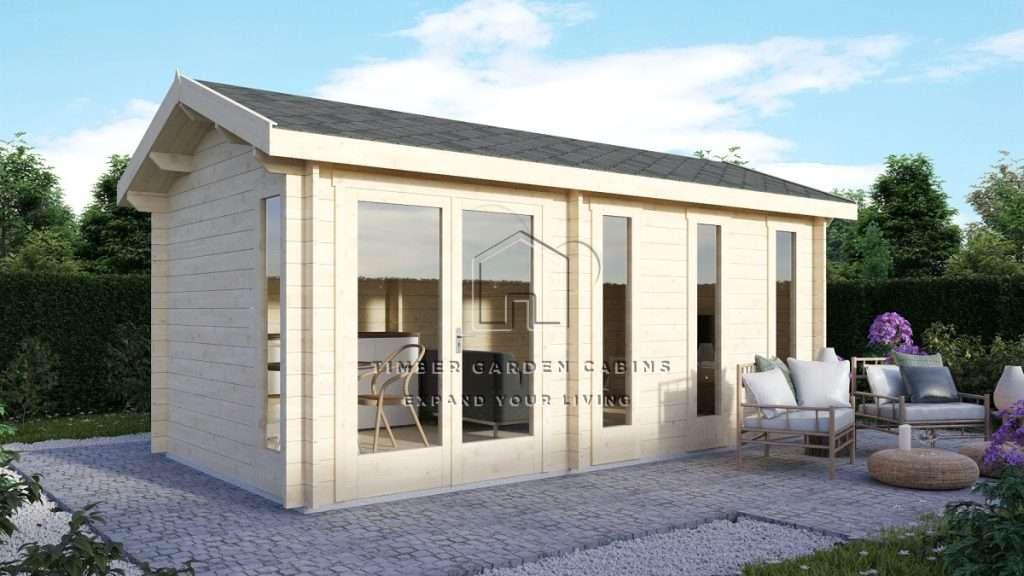Notifications

6 minutes, 14 seconds
-197 Views 0 Comments 0 Likes 0 Reviews

A granny flat, also known as an accessory dwelling unit (ADU), is a self-contained living space located on the same property as a main house. It includes essential amenities such as a bedroom, bathroom, kitchen, and living area, making it suitable for long-term living. Traditionally designed for elderly family members, granny flats have now evolved into versatile units that serve multiple purposes, such as housing adult children, generating rental income, or providing a private home office. Their rising popularity is driven by the increasing need for affordable and flexible housing solutions.
Planning and Purpose
Before beginning construction, it's important to determine the purpose of your granny flat. Will it be used to Granny Flats Queensland, rent to tenants, or serve as a guesthouse or workspace? Identifying its primary function will help guide decisions about the layout, size, and features. Additionally, understanding the needs of the future occupants—whether elderly parents needing accessibility features or young adults wanting privacy—will ensure the space is both comfortable and practical. Clear planning from the outset also helps in streamlining the approval and construction process.
Checking Local Regulations and Approvals
Each city or municipality has its own rules governing the construction of granny flats, so it's essential to research local zoning laws and building codes. Factors such as maximum floor area, setback requirements, height restrictions, and the number of allowable units per property can all vary. Many areas now support the construction of ADUs to help address housing shortages, but permits are usually required. It's a good idea to consult with local authorities or hire a planning consultant to navigate the approval process and ensure full compliance with legal requirements.
Design and Layout Considerations
Designing a granny flat involves more than just fitting the basics into a small space. Good design ensures the unit feels open, functional, and livable. Whether it’s a detached building, an above-garage unit, or a converted section of an existing home, the layout should be tailored to suit the lifestyle of the occupant. Open-plan living areas, smart storage solutions, and natural lighting can enhance comfort, while accessibility features such as ramps and wider doorways may be necessary for elderly residents. Using space efficiently is key to making the most out of a compact footprint.
Construction Methods and Costs
There are various construction methods available when building a granny flat, including traditional on-site builds, prefabricated units, and modular designs. Each option comes with different timelines, costs, and levels of customization. The total cost of a granny flat can range significantly depending on the size, finishes, and location, but homeowners should budget not only for construction but also for design, permits, utility connections, and landscaping. Hiring experienced contractors and obtaining multiple quotes can help manage costs and ensure quality workmanship throughout the build.
Utility Connections and Services
Connecting a granny flat to utilities such as water, electricity, sewage, and internet is an important part of the construction process. In some cases, the unit can share services with the main dwelling, while in others, separate metering may be required, especially if the unit is intended for rental. Coordinating these connections with your builder and utility providers early on helps avoid delays and ensures everything meets code. Additional considerations like insulation, heating, and cooling systems should also be planned to ensure year-round comfort for the occupants.

Maximizing Property Value and ROI
A well-designed and legally approved granny flat can significantly boost your property’s value and offer excellent return on investment. Whether you rent it out to long-term tenants or list it as a short-term rental, the income generated can help cover mortgage payments or supplement retirement funds. Even if it’s not used for income, having an additional living space increases the appeal of your home to potential buyers. Future resale value, combined with the current financial benefits, makes building a granny flat a wise investment for many homeowners.
Final Thoughts and Long-Term Flexibility
Building a granny flat is more than just a construction project—it's a long-term investment in your property and family’s future. With careful planning, adherence to local laws, and thoughtful design, these units can meet a wide range of living needs and evolve over time. From housing relatives to generating income or adding functional space, granny flats offer a flexible, sustainable, and cost-effective housing solution. As modern living continues to demand adaptability and innovation, granny flats stand out as one of the smartest ways to make the most of your property.

